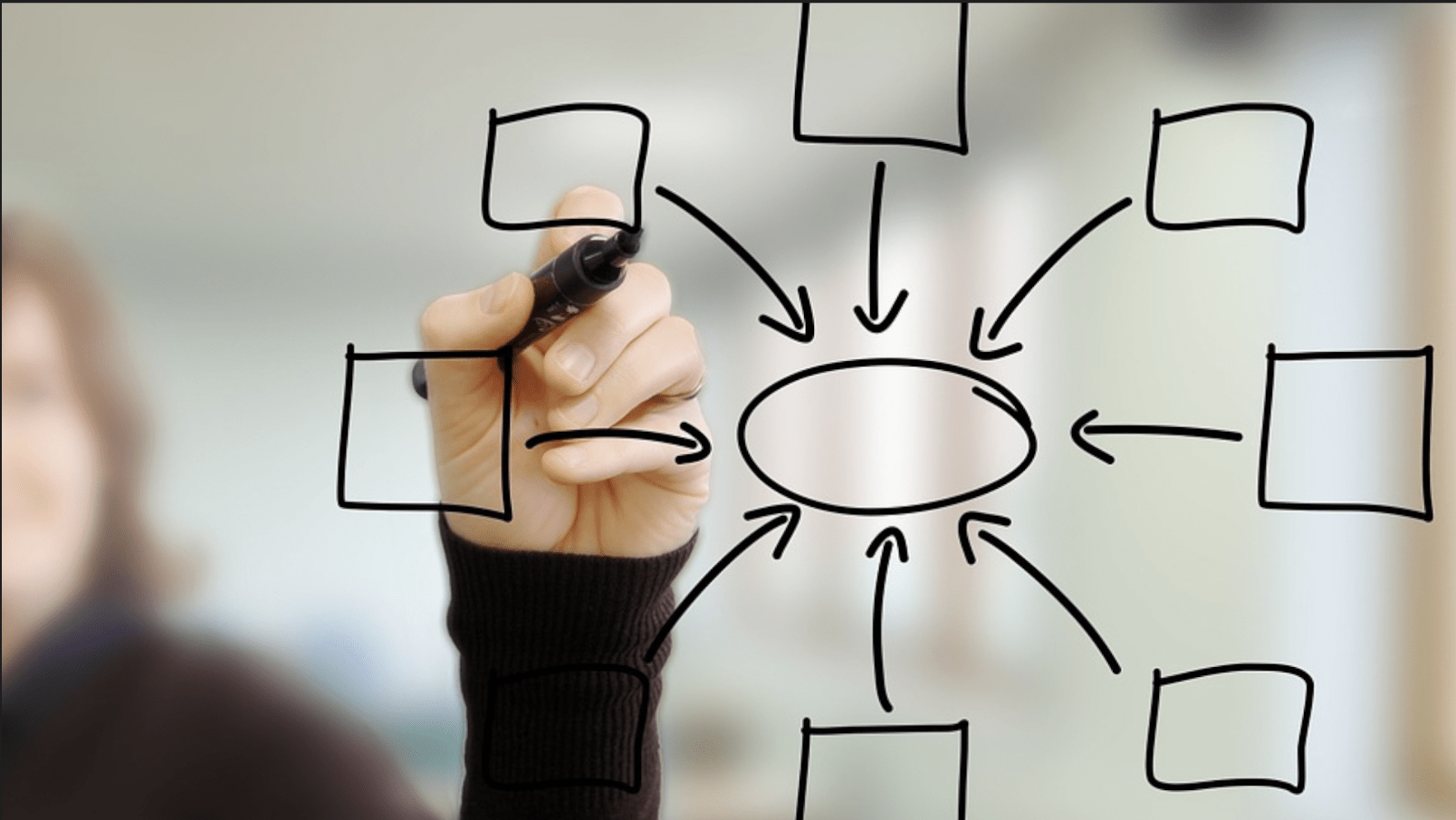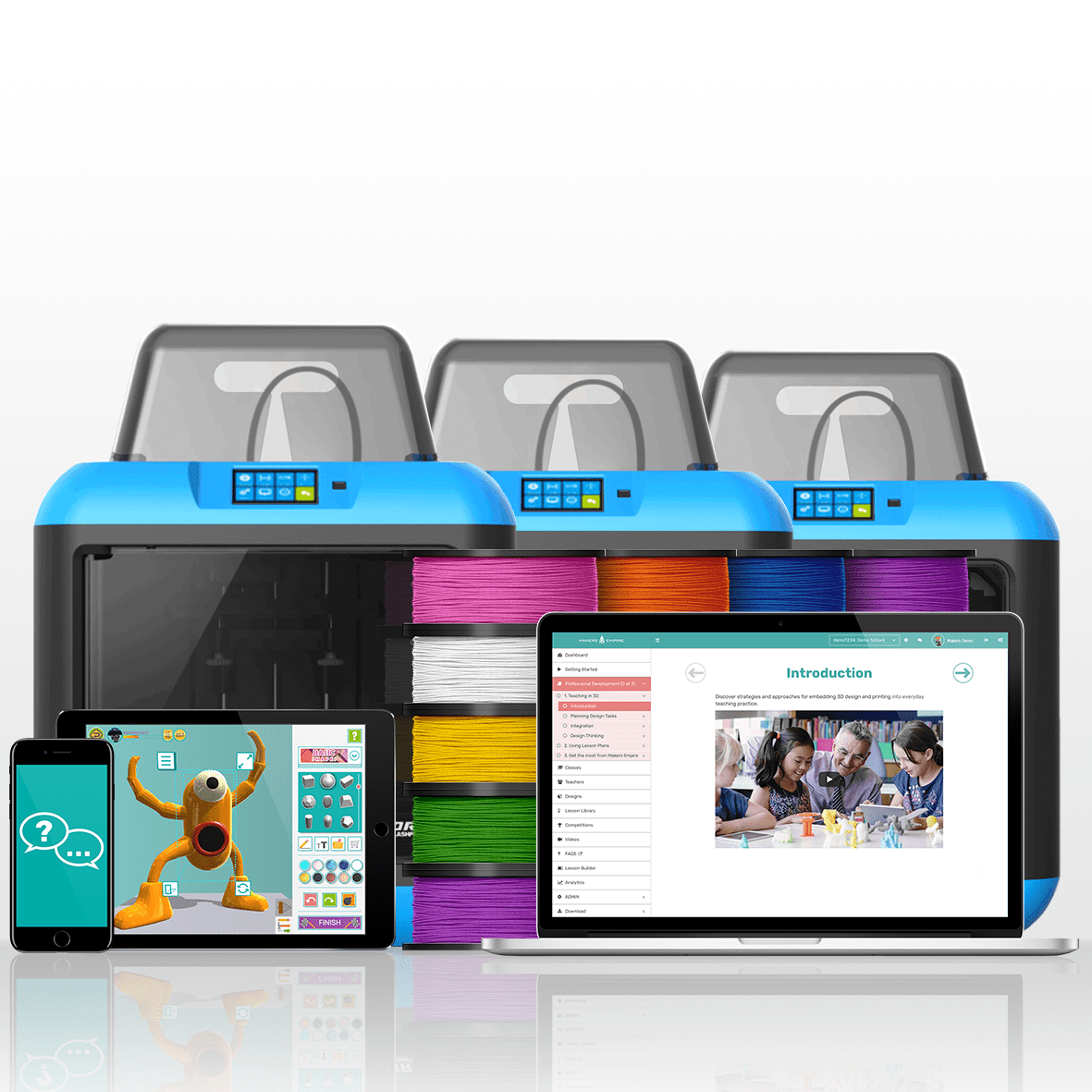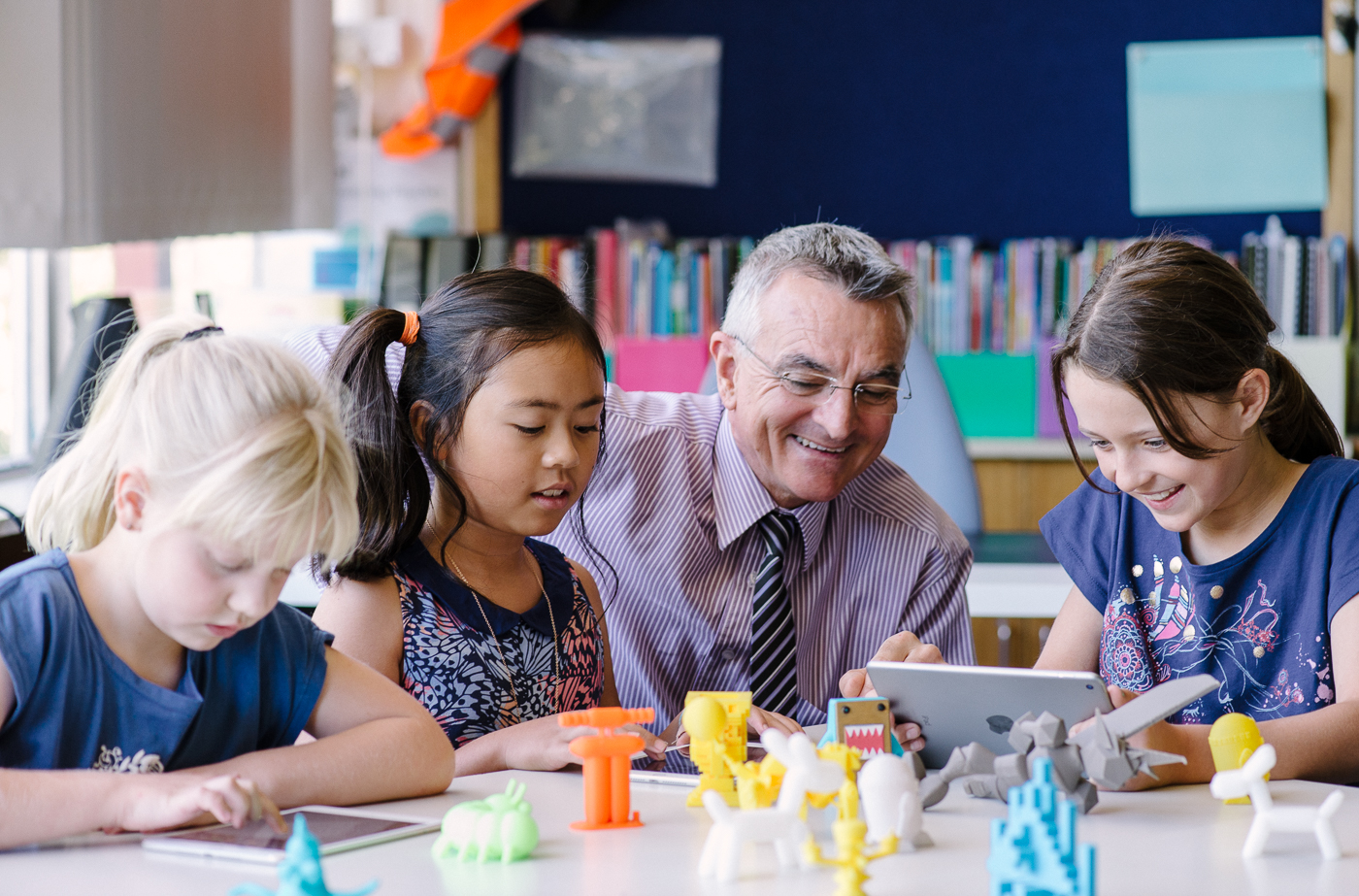Why Design Thinking Should Be Taught in Primary, Elementary & Middle Schools
“The illiterate of the 21st century will not be those who cannot read and write, but those who cannot learn, unlearn, and relearn,”
Alvin Toffler, author of Future Shock.
At Makers Empire, we recognise the key role that schools and teachers have in preparing students with the essential skills, mindsets and dispositions that will help them thrive in the future.
But 85% of jobs that will exist in 2030 haven’t been invented yet. So how can we best prepare our students for this unknown future? How can we teach our children to be creators, innovators and problem solvers who can adapt and pivot when necessary to flourish in a rapidly changing world?
Teaching young students design thinking helps them develop a growth mindset and important problem solving, analytical and spatial thinking skills. So we equip educators with the tools, knowledge and support they need to embrace creativity and making in education for improved student performance, engagement and learning.
At Makers Empire, we believe every child can make their world better.
• Benefits of Learning Design Thinking
• What are Essential 21st-Century Skills?
• Video: Better Learning by Design
• Why Become a Makers Empire School?
• The Makers Empire Difference for Students
Benefits of Learning Design Thinking
Benefits for young people who engage in design thinking include:
• Being able to identify problems and reframe them as actionable opportunities;
• Understanding the value of collaboration and feedback;
• Viewing setbacks and failures as valuable learning moments;
• Appreciating the value of hard work and persistence;
• Developing self-belief as problem solvers;
• Developing empathy;
• Developing a growth mindset;
• Developing stamina and resilience; and
• Developing entrepreneurial and community-minded behaviours.
• A focus that is both future and solutions-oriented.
What are 21st-century learning skills?
21st Century Learning and Innovation Skills are skills that will be essential for students to possess to thrive in the increasingly complex life and work environments in the 21st century. These include:
• Creativity and Innovation
• Critical Thinking and Problem Solving
• Communication
• Collaboration
With technological advances driving automation and industry-wide disruption in many sectors, it’s the people who can identify and solve new problems in new ways that will be in great demand.
3D design and printing is an ideal way to help young people develop the knowledge, skills, attitudes and behaviours needed to meet the challenges of the twenty-first century.
Makers Empire: Better Learning by Design
Developed in consultation with Australian and American educators, Makers Empire’s 3D Solutions for Schools give young people the opportunity to start understanding and experiencing design thinking and prototyping from the very start of their school careers.
This video highlights the need to teach design thinking using 3D design and printing in schools.
Featuring key social trends and compelling statistics, this video illustrates the need for an all-in-one 3D solution for schools to maximise effectiveness and efficiency for school leaders, to save educators valuable time, and to improve student learning, engagement and performance.
Why become a Makers Empire School?
A Makers Empire School achieves the following:
• Design and Technology Curriculum – Teachers cover design and technology standards and curriculum using Makers Empire’s library of 130+ lesson plans aligned to US Common Core standards, Next Generation Science standards and the Australian Curriculum
• The E in Engineering – Teachers can easily and confidently teach the often neglected ‘E’ i.e. Engineering in STEM using Makers Empire.
• Age Appropriate Tools – Makers Empire was designed specifically for grade K-8 students. So even your youngest students can learn how to design in 3D in minutes.
• Resources for Teachers – Teachers are encouraged to integrate design thinking, growth mindset, differentiated instruction and inquiry learning into their daily teaching in an intentional way with the support of Makers Empire’s resources.
• Professional Development for Teachers – Through Makers Empire’s pioneering professional development and training, educators become confident teachers of design thinking, technologies and 3D design and printing.
• Increased Confidence to Teach STEM subjects – Teachers who have used Makers Empire reported increased levels of confidence in their ability to teach STEM subjects after using Makers Empire.
• Active Learning – The school promotes active learning communities that support sustainable school approaches to design thinking education for their students, staff and wider community.
The Makers Empire Difference for Students
• Students As Creators – Students are positioned as creators, inventors, innovators and problem solvers.
• 21st-Century Ready – Students are equipped with the skills, tools and resources they need to develop as resourceful and optimistic people.
• Resilience – Students learn how to bounce back from setbacks and develop persistence as they work through the design process.
• Collaboration – Through collaboration on their designs, students learn how to give constructive feedback to their peers and to also receive it.
• Citizenship – By teaching them how to identify and solve problems, students can become useful and productive global members of society.
Become a Makers Empire School today






